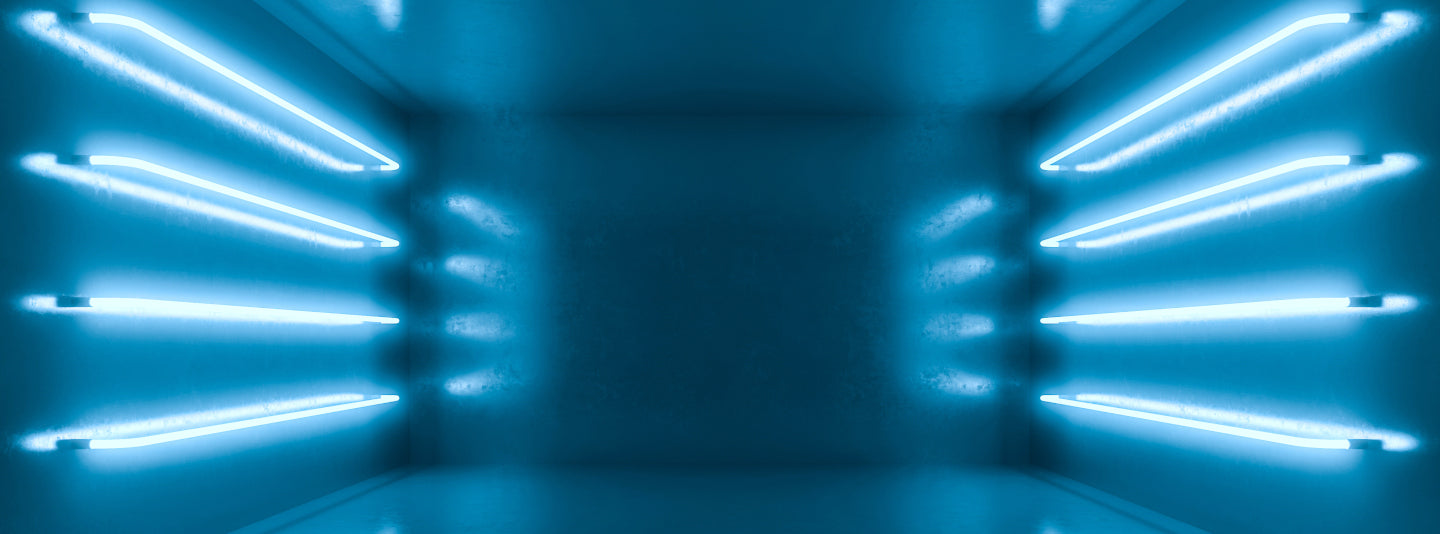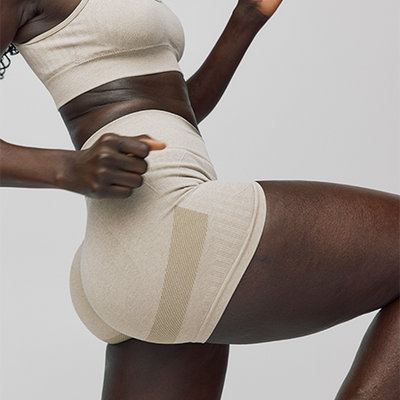
In this article /
Sterilizing your menstrual products between cycles is highly recommended. Our reusable period products are made from 100% medical grade silicone which is bacteria resistant when cleansed and cared for properly. So, when cleaning your cup, should a UV menstrual cup sterilizer be your #1 go-to?
Risks of Incomplete Sterilization
Incomplete sterilization of menstrual devices can lead to bacterial growth. This can cause infections, such as bacterial vaginosis (BV) or toxic shock syndrome (TSS).
Additionally, if menstrual cups and discs are not properly cleaned and stored, it can lead to unpleasant odors, discoloration and gradual deterioration.
What is UV Sterilization for Menstrual Cups?
UV sterilization is the latest trend in quick and portable menstrual cup cleansing. UV sterilization uses ultraviolet (UV) light to kill bacteria, viruses, and other microorganisms. It is used to sterilize a wide variety of surfaces and objects and are most often used to disinfect tech like your phone, or earbuds.
But do these UV sterilizing devices work for menstrual cups and discs? That depends. The effectiveness of portable UV sterilizers depends on the device itself, the amount of time the cup is exposed to the UV light, and the wattage of the UV-C lamp. Some devices may be designed to sterilize the cup in a matter of minutes, while others may take a little longer.
Like any other sterilization method, it’s important to thoroughly cleanse and rinse your menstrual cup before sterilizing it with a portable UV sterilizer, as this method alone will not remove dirt, stains or any previous menstrual fluids.
How Effective is UV Sterilization?
Before getting your hands on a UV sterilizer to clean your DivaCup, beware of the limitations. According to Dr. Lother Lilge, Senior Scientist at the University of Toronto Department of Medical Biophysics and the University Health Network Research Centre, there are some potential shortcomings with the UV sterilization of medical grade silicone cups.
UV-C sterilization is predominantly used on flat surfaces. Does the curvature of the DivaCup or Diva Disc present a challenge? Lilge agreed that it could affect the efficacy of UV sterilizers.
Many UV-C cup sterilizers on the market are designed as containers with UV-C lights on 1 or 2 surfaces and a lid to close once the cup is inside. The container itself is usually white and reflective and in many cases made of non UV-C absorbing silicone, which should allow the light to reflect into the many curves of the cup.
While this is helpful, there’s no conclusive data about whether this is enough direct UV-C light contact to effectively kill off bacteria, viruses and other harmful microorganisms on your menstrual cup or disc.

The condition of your menstrual cup will alter how effective a UV menstrual cup sterilizer can be.
Cup Condition
The condition of your cup will also affect how thoroughly it can be cleaned. For example, if micro (less than 1 micrometer in length, not visible to the naked eye) or meso (a micrometer to a millimeter in size, almost invisible to the naked eye) cracks exist, there is potential for microbes and viruses to enter below the surface.
Lilge says, “If the surface is compromised with microcracks large enough for microbes to enter, the UV-C will be absorbed within the first microns of the silicon and any microbes embedded deeper in a porous material cannot be targeted.”
Other cup sterilization techniques, like microwave steaming containers, portable steamers, or stove top boiling, are unaffected by these deteriorations. “Microwaves will penetrate deeper into the material, as will heat from boiling. So, the key here is the integrity of the surface really at the micron scale,” says Lilge.
These crevices could also create shadows across the surface of the menstrual cup, Lilge adds, preventing thorough contact of UV-C light with every inch of the cup’s surface.
Other Factors to Consider
There are also potential long-term consequences of UV-C sterilization, as the device itself can potentially fast-track the degradation of your silicone cup or disc.
“UV-C light can initiate the breakage of peptide bonds, which can create radicals, further breaking down the silicon,” cautions Lilge. “I cannot say how rapid the material degradation will be, but it will be accumulative over repeated sterilization cycles.”
Meaning, if you’re relying on UV sterilization to clean your cup, not only is the efficacy of sterilization unknown, but the light source itself may be breaking your cup down faster over time.
Conclusion
While the technology is impressive, there are potentially current and future problems with using UV-C sterilizers. The best course of action is always to adhere to a two-step cleansing process.
Whether you choose cup steamers or boiling your cup, always pair it with routine cleansing with a specially formulated cleanser, like DivaWash and rinse thoroughly with warm water. DivaWash has been designed to protect your Diva products. When paired periodically with a more advanced sterilization technique, your DivaCup or Diva Disc should last you up to several years.




















